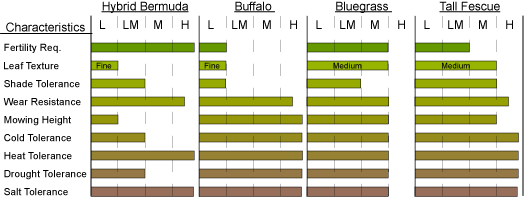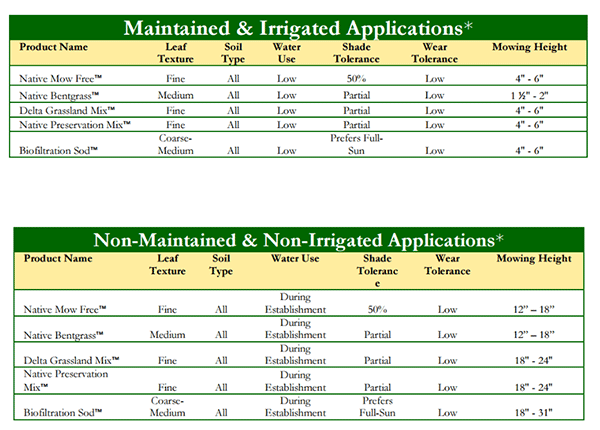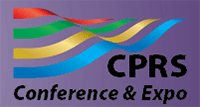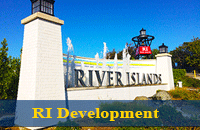California's Turf Grass Crisis
Author: Chad Kennedy, Landscape Architect, ASLA
 With fall soccer season in full swing and schools in session, much of my time is being spent chasing children and sports balls across public parks and school grounds. It is hard not to notice the effects that successive drought years in the West have had on these recreational spaces. A victim of water saving strategies, municipal and educational open spaces that were once pleasant places to observe sports practices and participate in active play are now dusty, hot fields where weeds are more common than the soft grasses conducive to sports play. These, unsightly, uncomfortable, and sometimes unsafe conditions bring to the forefront the need for balance between preservation of water, which is crucial, and the ability to provide places that are still functional, safe, and valuable. These conditions could be termed a "grass crisis", as there are valid and valuable societal uses for maintaining grass within arid environments. I suggest, that with proper planning and maintenance, there is a way to accomplish appropriate water stewardship, while allowing for open spaces with grass. The key remedying component of this "grass crisis" is the selection of grasses that provide functionality without the demand for water typical of lush competitive sports fields.
With fall soccer season in full swing and schools in session, much of my time is being spent chasing children and sports balls across public parks and school grounds. It is hard not to notice the effects that successive drought years in the West have had on these recreational spaces. A victim of water saving strategies, municipal and educational open spaces that were once pleasant places to observe sports practices and participate in active play are now dusty, hot fields where weeds are more common than the soft grasses conducive to sports play. These, unsightly, uncomfortable, and sometimes unsafe conditions bring to the forefront the need for balance between preservation of water, which is crucial, and the ability to provide places that are still functional, safe, and valuable. These conditions could be termed a "grass crisis", as there are valid and valuable societal uses for maintaining grass within arid environments. I suggest, that with proper planning and maintenance, there is a way to accomplish appropriate water stewardship, while allowing for open spaces with grass. The key remedying component of this "grass crisis" is the selection of grasses that provide functionality without the demand for water typical of lush competitive sports fields.
First and foremost, it should be noted that not all grass in recreational open spaces needs to be manicured and prepared for active sports play. Perimeter areas can be used as mitigation areas where far less water is used in lieu of smaller, higher water-use manicured areas. There are, however, many highly manicured grass species that can be used in California that do well with little water and have excellent wear recovery. Contrary to common belief, you can turn down the water flow and still enjoy a pleasant surface to run across. Below is a description of some of the basic grass types with suggestions on what types could be used to limit water and maximize functionality.
Warm Season Grasses
Warm season grasses are typically used in Southern California and in San Joaquin Valley landscapes. Warm season grasses are very effective at growing in hot areas with less water than cool season grasses. In general, warm season grasses require 20% less water to maintain optimum conditions.1 Some benefits associated with warm season grasses are that they have high drought tolerance, high heat tolerance, high wear recovery, and high disease resistance. The down side is that in areas where the winter months are cooler, the grasses go dormant and new growth is usually horizontal. Common warm season grasses include Bermuda grass, St. Augustine grass, Zoysia grass, Buffalo grass, and Kikuyu grass.
In the hotter areas of the state the following are good options for active play surfaces that use less water, but that respond well to wear: Celebration Bermuda, Tifway 419 & Tifway II hybrid bermudas, Princess 77 Bermuda.
Cool Season Grasses
Cool season grasses are used in much of California for their ability to stay green year-round in mild climates. They are widely used for residential lawns, athletic fields, commercial properties and streetscapes. The use of ornamental grasses within landscapes is also becoming popular and can minimize the use for manicured expanses of turf. Generally unfavorable characteristics of cool season grasses include moderate to low drought tolerance, high water use requirements, and moderate to low heat tolerance.
In recent years, the popularity of cool season grasses has led to the commercialization of many new cultivars and widespread use of fine fescues. Fescue grasses tend to require less input, maintenance, and in some cases less water. The four most common fine fescues are Creeping Red Fescue, Chewings Fescue, Sheep Fescue, and Hard Fescue. Of these, the Creeping Red Fescue has shown to be the overall superior choice for turf quality.2 Tall fescue mixes require less water, however they do not repair as quickly when damaged.
Comparisons
The graph below is an example of the differences between grass characteristics and site requirements. Two-warm season and two cool season grasses are shown.
This graph is modified from information located at BaileySeed.com. Additional information on these and other grass species is available here.

In response to the demand for lower water use and native grass mixes, the landscape industry is working diligently to create sod blends of native grasses that will satisfy the need for green turf, without sacrificing the water it normally takes to achieve it. The Delta Bluegrass Company has developed a new line of California native sods rated as low or very low water use that are reported to stay green at 50% of average ETo rates. Their sods include blends meant for urban landscapes and restoration sites. They include a native no-mow grass, two varieties that do not react negatively to mowing, native bent grass, biofiltration grasses, and a grassland mix.3 These grasses won't handle the wear and tear of active sports or play, but can be used to minimize water use in perimeter areas, less frequented play areas, swales, and other areas where continuous traffic isn't expected. More information on these grasses can be found on the Delta Bluegrass Company website. The table below shows some of the characteristics of these grasses.

Though there isn't a silver bullet to fix the water need and "grass crisis" in California, wise decisions on what grass species are used, where they are used, and how much water is applied can go a long way in providing pleasant recreational opportunities within reasonable water use parameters.
1. University of California. 2009. Managing Turf Grasses During Drought. UC Agriculture and Natural Resources Communication Services. Publication 8395.
2. Harivandi,M. Ali, W. Bill Hagan and Roy Yokote. Mowed and Non-Mowed Fineleaf Fescue Performance when Irrigated with Recycled Water. University of California Cooperative Extension.
3. Delta Bluegrass Product Material
 With fall soccer season in full swing and schools in session, much of my time is being spent chasing children and sports balls across public parks and school grounds. It is hard not to notice the effects that successive drought years in the West have had on these recreational spaces. A victim of water saving strategies, municipal and educational open spaces that were once pleasant places to observe sports practices and participate in active play are now dusty, hot fields where weeds are more common than the soft grasses conducive to sports play. These, unsightly, uncomfortable, and sometimes unsafe conditions bring to the forefront the need for balance between preservation of water, which is crucial, and the ability to provide places that are still functional, safe, and valuable. These conditions could be termed a "grass crisis", as there are valid and valuable societal uses for maintaining grass within arid environments. I suggest, that with proper planning and maintenance, there is a way to accomplish appropriate water stewardship, while allowing for open spaces with grass. The key remedying component of this "grass crisis" is the selection of grasses that provide functionality without the demand for water typical of lush competitive sports fields.
With fall soccer season in full swing and schools in session, much of my time is being spent chasing children and sports balls across public parks and school grounds. It is hard not to notice the effects that successive drought years in the West have had on these recreational spaces. A victim of water saving strategies, municipal and educational open spaces that were once pleasant places to observe sports practices and participate in active play are now dusty, hot fields where weeds are more common than the soft grasses conducive to sports play. These, unsightly, uncomfortable, and sometimes unsafe conditions bring to the forefront the need for balance between preservation of water, which is crucial, and the ability to provide places that are still functional, safe, and valuable. These conditions could be termed a "grass crisis", as there are valid and valuable societal uses for maintaining grass within arid environments. I suggest, that with proper planning and maintenance, there is a way to accomplish appropriate water stewardship, while allowing for open spaces with grass. The key remedying component of this "grass crisis" is the selection of grasses that provide functionality without the demand for water typical of lush competitive sports fields.




